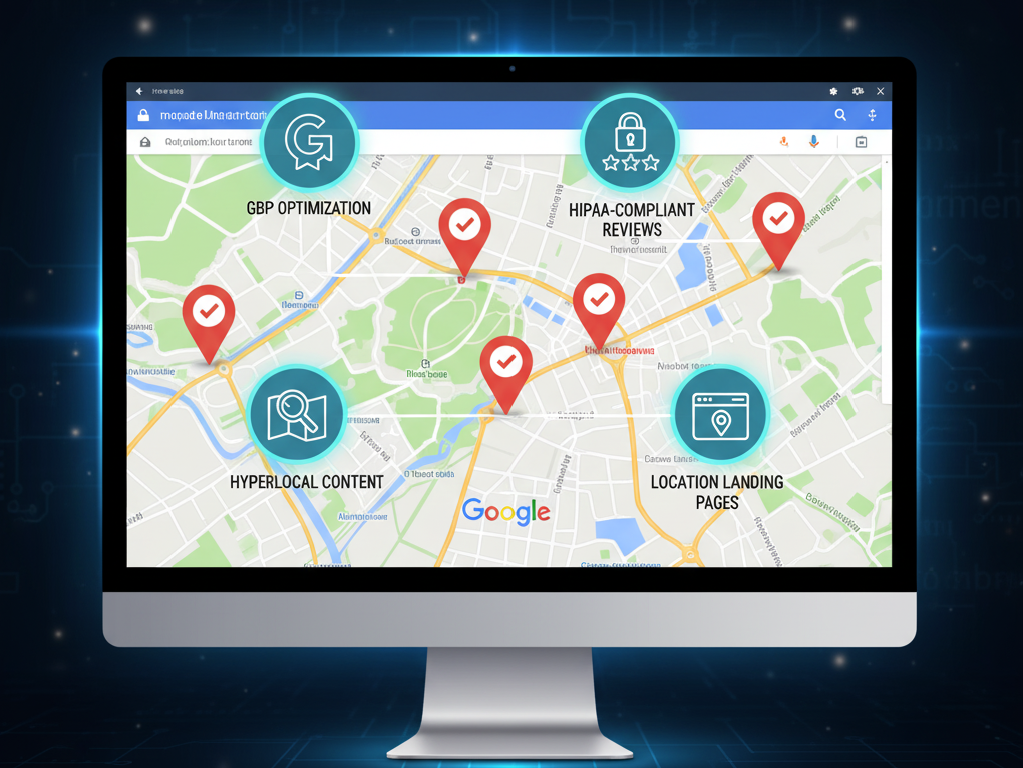While a recent study set out to answer what 100 social media followers are worth, it’s difficult to measure the ROI. The value of social media followers lies beyond mere numbers – it’s about engagement and conversion potential. Followers who actively interact with content and align with the brand’s target audience are more valuable. They can increase brand visibility, drive traffic, and potentially lead to conversions. Therefore, the focus should be on building a quality, engaged follower base.
When it comes to the social web, platforms like Facebook, Pinterest, and Instagram command billions of eyeballs every year. This makes the channels too big to ignore, so you have no choice but to participate in them to avoid missing out on revenue and traffic.
That brings the question of how much time and money should you spend on each social platform. Which ones produce the best return on investment?
Fellow digital marketing expert Neil Patel recently sought to answer the question and surveyed nearly 500 companies who are all using Facebook, YouTube, Instagram, LinkedIn, Pinterest, and Twitter. Each company surveyed has been actively participating in all of the social channels for at least three years and have at least 100 social media followers on each platform.
Out of all 483 companies surveyed 159 of them were in the B2B space and 324 were B2C companies. Revenues varied from as little as $10,000 per year to $250,000 per year. Before we dig into the data remember all of the stats are broken down based on 100 social followers.
Overview
Organic Social Media Traffic Over Time
Compared to when each social platform it made its debut, it has become more difficult to generate organic traffic from each of them. Though it’s possible to still generate organic visits your reach has declined. But how much has it declined? From 2015 to now, we have gone from just over three monthly visitors per 100 followers to two monthly visitors per 100 followers.
Related: How to Turn Instagram followers into Customers
Traffic By Social Network
While it’s true organic social media traffic is dying as each network wants to earn your advertising dollars, certain social media networks drive more traffic than others. Which one would you guess drives the most? If you guessed Facebook or Instagram you’re wrong as these two generate the least amount of organic traffic every month.
Pinterest drives the most organic social media traffic at a little more than four visitors per 100 followers. LinkedIn was a close second driving a little more than two visitors per 100 followers followed by YouTube also driving a little more than two visitors per 100 followers. It’s worth mentioning that although YouTube drives a decent amount of visitors per 100 subscribers, most people using YouTube don’t experience much traffic because they aren’t linking out to their site within their videos. Though it used to be possible with YouTube annotations, those were discontinued in January 2019. Link to your site in the video description and include a video transcript with your URL.
Do More Posts Mean More Social Traffic?
Even though organic reach is dying down, if you post more often this should in theory increase your traffic. In general, posting more often does increase your traffic but after 8 months of posting on each social network, the data indicates that you will see diminishing returns.
The majority of social media algorithms work is based on engagement. The more people engaged with your content the more of them will see your content as you post it. As such, your goal should only be to post content people love and want to engage with. The second you start posting any kind of mediocre content, it will hurt your overall traffic numbers because it means fewer people in the future will see your new content regardless of how amazing it is.
Engagement By Social Network
Speaking of engagement, Which social media platforms tend to have the most engaged users? like Neil, I assumed Pinterest would win the engagement battle since they are driving the most traffic but I was wrong.
Though Pinterest did well, LinkedIn won. Instagram also did well but this isn’t really a surprise as most people use it for a social network rather than leveraging it for business. That’s why Instagram engagement is high.
Post that don’t contain a link, such as images or videos tend to get the highest amount of engagement. This is also because social sites tend to promote content that keeps people on their site as opposed to sending visitors to your site.
Which Social Platforms are Best for Videos?
If videos aren’t part of your digital marketing plan, it’s something you should consider starting. Even though they don’t wink well on Google they are the future of the internet. When it comes to video, there are two main types: ones that you upload and ones that are live.
The data shows that Instagram produces the best results for video and then LinkedIn and YouTube. But, Instagram automatically plays videos while YouTube is much stricter about what they count as a video View. That said if you’re going to create video content, you should plan to post it on all of your social media Networks focusing the majority of your efforts on Instagram LinkedIn and YouTube.
YouTube won’t give you amazing numbers within the first day of uploading a video but by utilizing YouTube SEO you can continually get views that you won’t see happen on any of the other social platforms.
When it comes to live video, the results are similar in that Instagram and YouTube are the leaders. Live videos don’t generate as many viewers as just posting in scheduling them. The main reason wasn’t that social sites don’t want your live content it’s that when it comes to non live videos, businesses are spending more time leveraging keyword research and optimizing videos for the maximum amount of views. That is quite a bit harder to do with live videos.
Putting keywords in your title and descriptions isn’t enough. Social media sites are able to interpret the sound to see what your video is really about.
Building Your Email List
It’s no secret in the marketing world that the money is in the list. If you aren’t using your social media platforms to collect emails, you need to start immediately. Once you have your email list you can always make it to the people on your list and convince them to buy your services or products.
In terms of converting a visitor to an email subscriber, LinkedIn has the best conversion rate but Pinterest and YouTube also perform well. It’s a common misconception that most of the people on LinkedIn only care about B2B. Everyone on LinkedIn is a consumer who buys everyday products.
The most interesting part of the email collection data is the majority of your social media followers will never convert into email subscribers. But as you continue to share and post content on the social web, the followers of your followers may also see your content which then increases the likelihood of getting more traffic and email subscribers
Revenue
Regardless of how you feel about leveraging social media for your business, the truth is these platforms to drive your revenue and you do not have to spend money on ads to generate that Revenue. Ads of course do help but the percentage of Revenue that each business generated from organic social media traffic is quite impressive. while the percentage of Revenue has declined from just under 8% in 2015 to just under 2% in 2018 and 2019, we’re starting to see the numbers even out.
The decline isn’t just related to social media algorithm changes. It can also be attributed to the fact that businesses are diversifying their marketing approach to take an omni-channel approach meaning they are leveraging more channels. Because of that each one makes up a smaller portion of their total revenue.
Social media is still going strong despite the fact that it has become harder to make things happen organically. You may only be able to generate two visitors a month for every 100 followers you have, but as you grow your following that scales and can generate a hefty amount of organic traffic.
Contact us today to get the conversation started!









